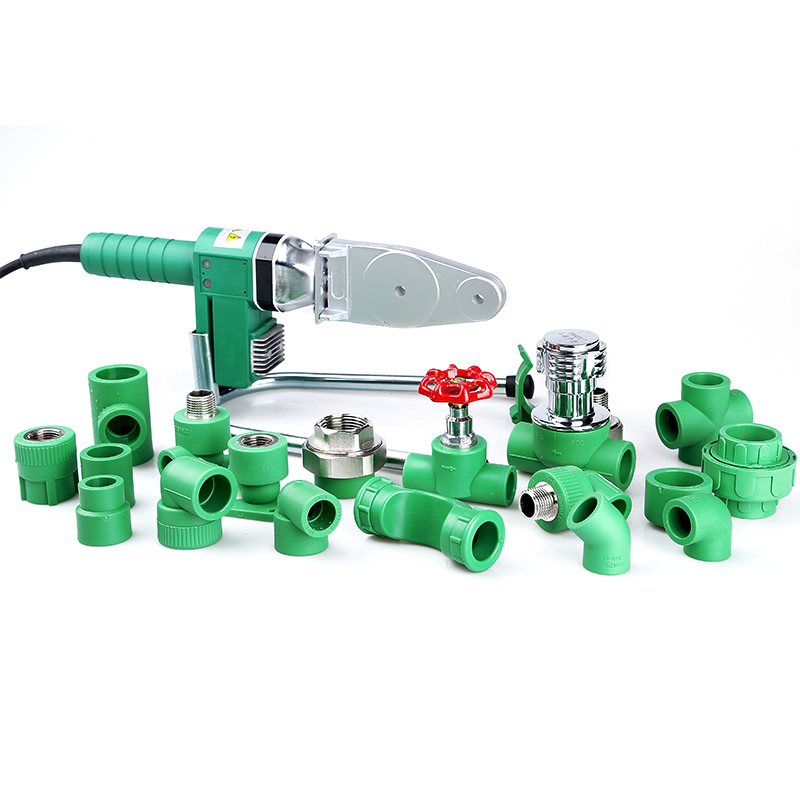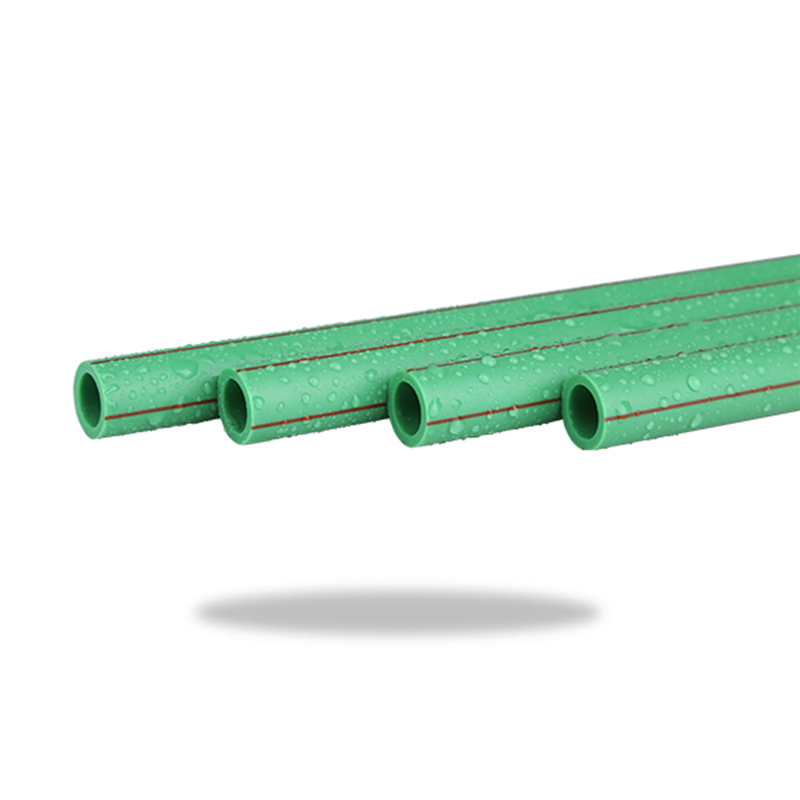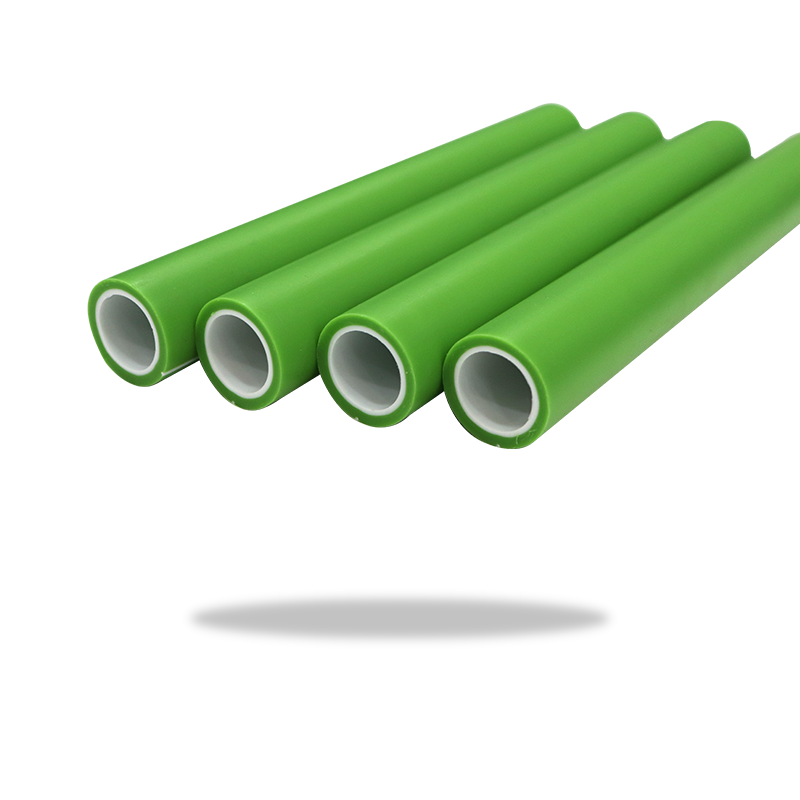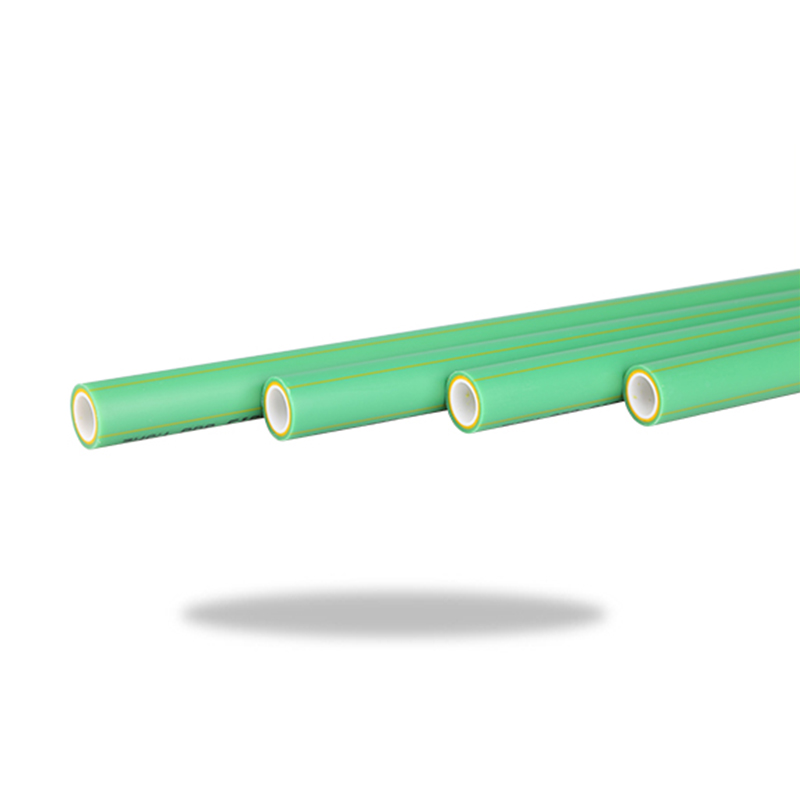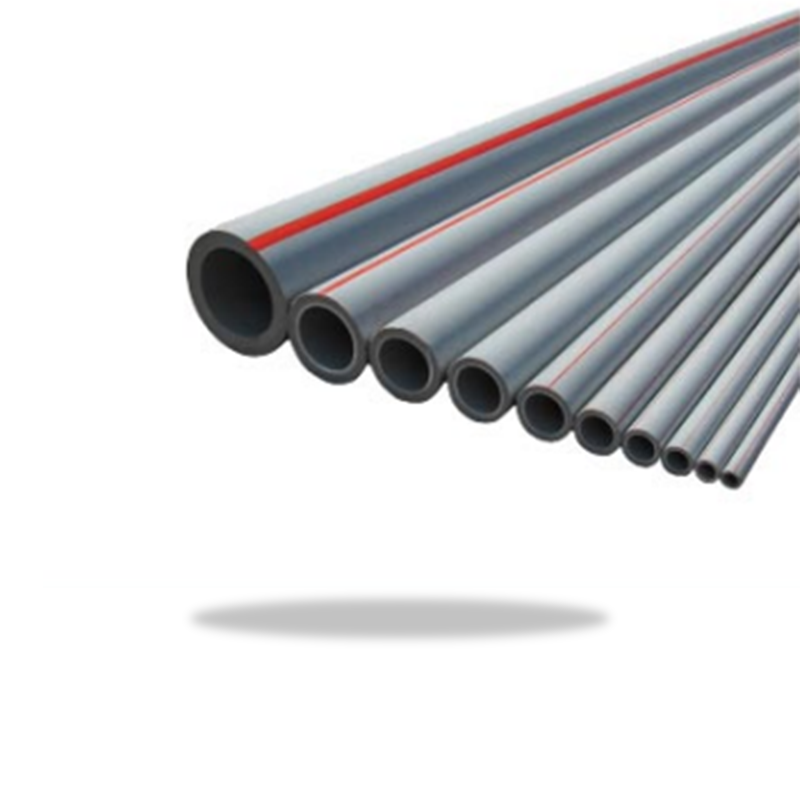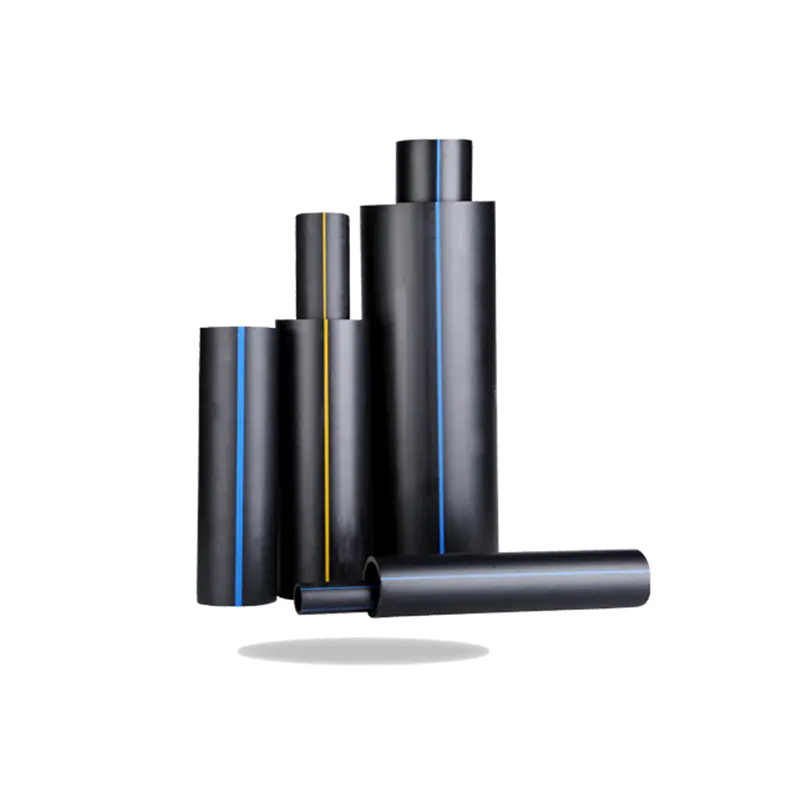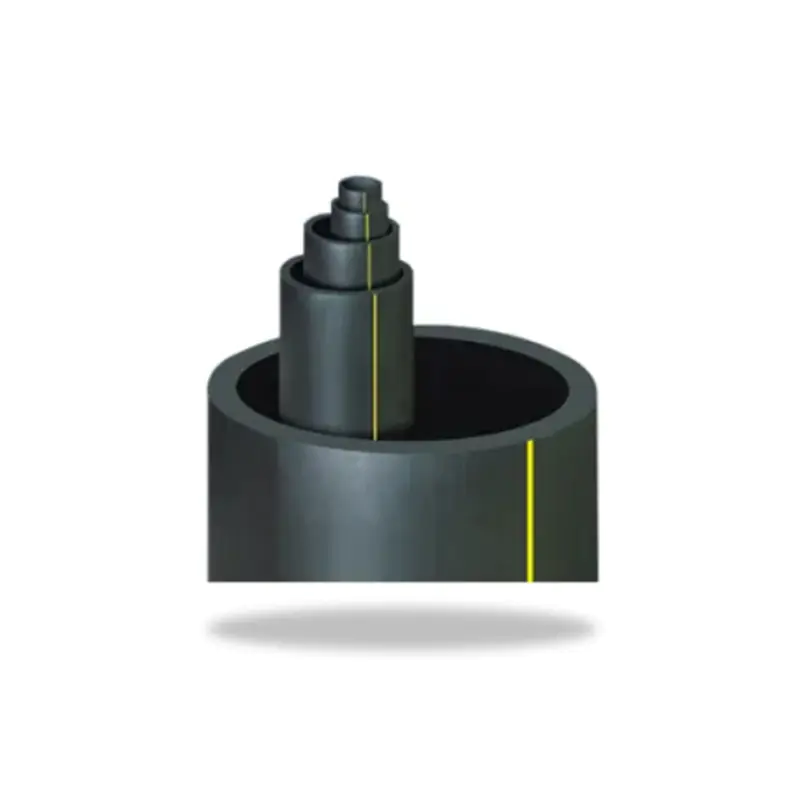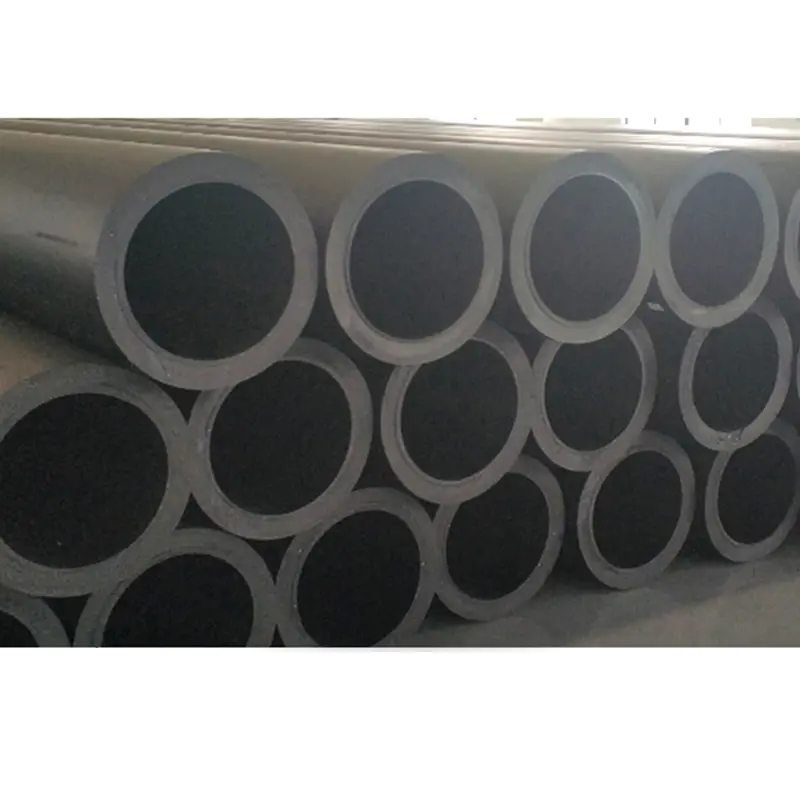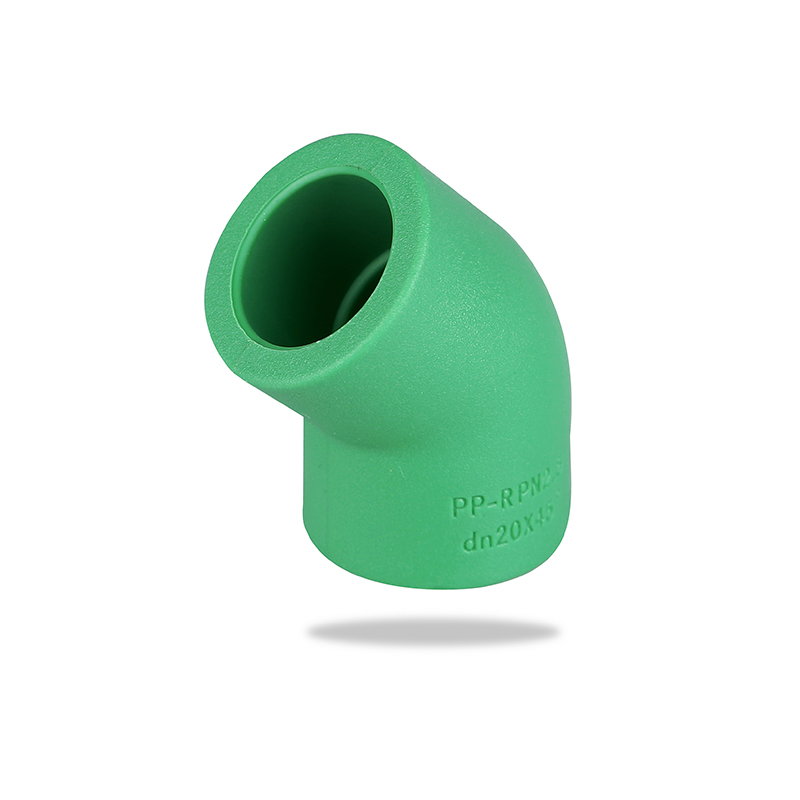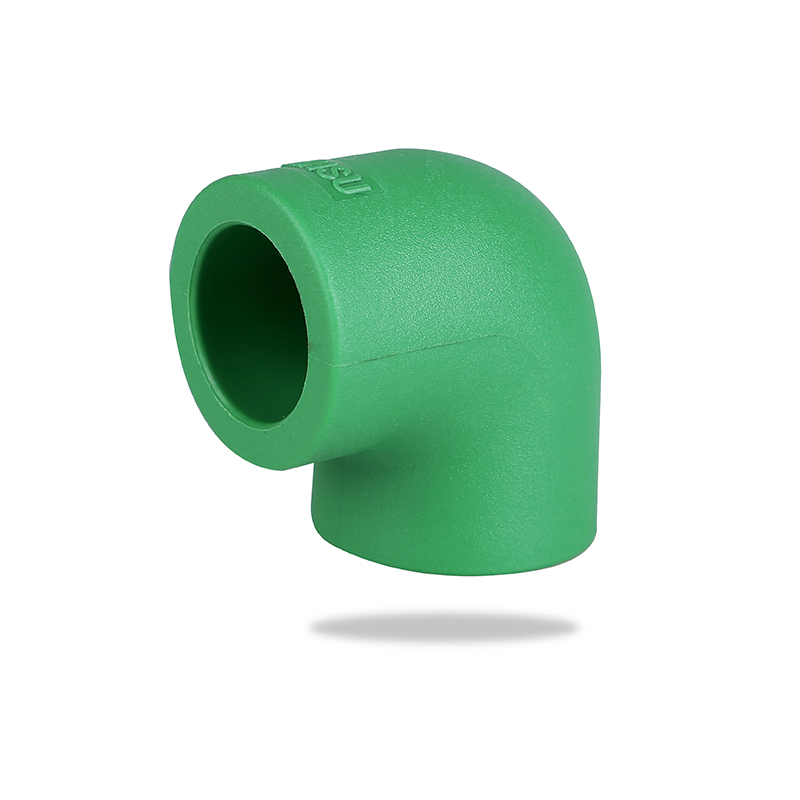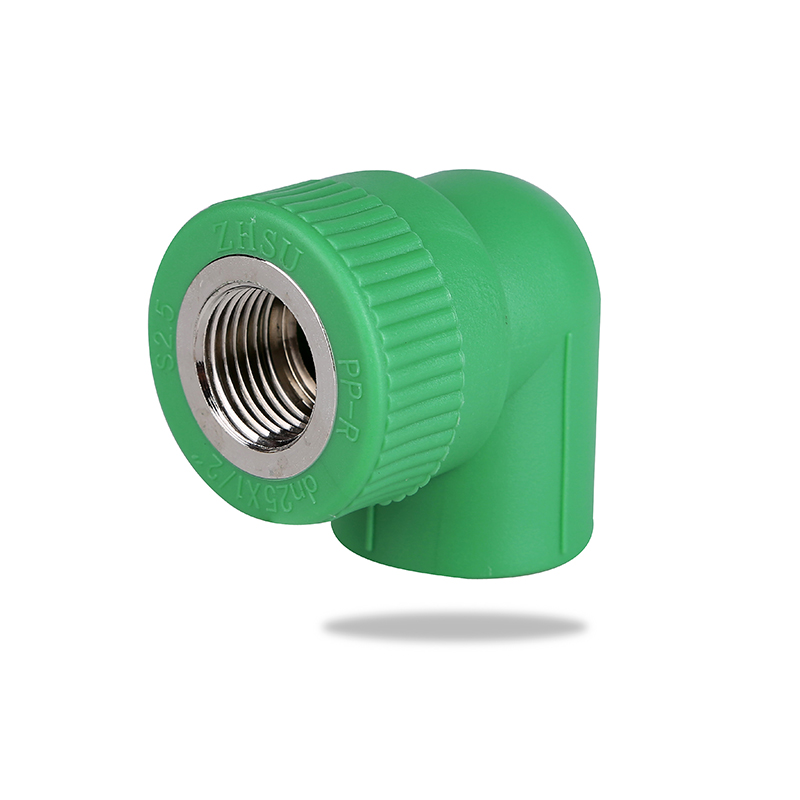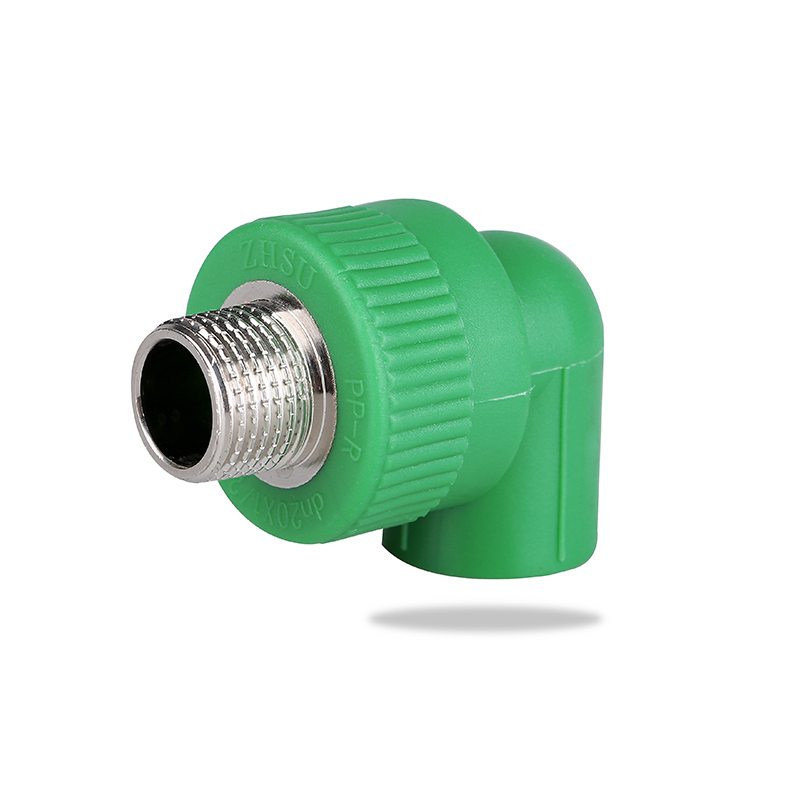PPR caps are essential components in modern plumbing and piping systems, designed to seal the ends of PPR (Polypropylene Random Copolymer) pipes. Their main purpose is to close off unused or open pipe ends, preventing leakage, contamination, and pressure loss within the system. PPR caps are widely used in hot and cold water pipelines, HVAC installations, and industrial fluid systems.
These small but critical fittings play a big role in ensuring the safety, cleanliness, and efficiency of piping networks. Whether used temporarily during installation or as a permanent end closure, PPR caps provide a tight, durable seal that maintains system integrity.
What is a PPR Cap and How It Works
A PPR cap is a molded fitting made from the same material as the pipes — polypropylene random copolymer. It is used to seal the end of a PPR pipe by heat fusion or welding, creating a homogeneous, leak-proof joint. When heated and fused properly, the cap becomes part of the pipe structure itself, ensuring long-term reliability under high pressure and temperature conditions.
Key Characteristics
- Material: 100% PPR (Polypropylene Random Copolymer).
- Connection Type: Heat fusion or socket welding.
- Temperature Range: -20°C to 95°C (suitable for hot and cold water systems).
- Pressure Rating: Commonly rated for PN20 or PN25 systems.
- Applications: Water supply, HVAC, compressed air, and chemical pipelines.
Advantages of Using PPR Caps
The durability and performance of PPR caps make them a preferred choice over metal or PVC alternatives. Below are some major advantages that highlight why they are so widely used in both residential and commercial piping systems.
1. Leak-Proof and Secure Sealing
When installed through fusion welding, PPR caps form a seamless bond with the pipe, eliminating the risk of leaks or weak spots. This makes them suitable for pressurized systems where even minor leaks could cause significant damage or inefficiency.
2. High Resistance to Corrosion and Chemicals
Unlike metal end caps, PPR caps are completely resistant to rust, scaling, and chemical corrosion. They can safely seal pipes carrying chemically treated water or industrial fluids without degradation over time.
3. Long Lifespan and Low Maintenance
PPR material is known for its excellent durability and longevity. Properly installed PPR caps can last more than 50 years without needing replacement, reducing maintenance costs in water supply networks and building plumbing systems.
4. Thermal Stability and Insulation
PPR caps maintain structural integrity under high temperatures, making them ideal for hot water systems. Their natural insulating properties also minimize heat loss, improving energy efficiency.
5. Eco-Friendly and Non-Toxic
PPR is a safe and recyclable plastic that does not release harmful substances into water. PPR caps made from food-grade material are suitable for drinking water applications and comply with international hygiene standards.
Common Applications of PPR Caps
PPR caps are used across many sectors, from home plumbing to complex industrial installations. Their role is to provide a secure closure wherever a pipe end needs sealing or future expansion is anticipated.
Typical Uses Include:
- Residential Plumbing: To close unused outlets or terminate pipe ends in bathrooms, kitchens, or utility areas.
- Commercial Buildings: Applied in HVAC systems, hot/cold water distribution, and maintenance bypass sections.
- Industrial Systems: Used to seal chemical, gas, or compressed air pipelines that utilize PPR piping.
- Temporary Closures: During pipeline pressure testing or expansion projects, PPR caps are used as temporary end seals.
Types of PPR Caps
Different PPR cap designs exist to suit various pipe dimensions and system requirements. The following table outlines the most common types and their typical use cases.
| Type | Description | Typical Use |
|---|---|---|
| Socket Fusion Cap | Standard PPR cap fused directly onto the pipe end using heat welding. | Permanent sealing in water supply or HVAC systems. |
| Threaded Cap (with Metal Insert) | Includes an internal metal thread for easy removal and reconnection. | Temporary closures or inspection points in industrial lines. |
| Compression Cap | Uses a mechanical fitting rather than fusion for sealing. | Quick installations or temporary test connections. |
Installation Process of PPR Caps
Proper installation is essential for achieving leak-free and long-lasting results. The process typically involves fusion welding, ensuring a homogeneous connection between the cap and the pipe.
Step-by-Step Installation Guide
- 1. Cut the Pipe: Use a PPR pipe cutter to ensure a straight, clean cut.
- 2. Clean the Ends: Wipe both the pipe end and cap socket to remove dust or moisture.
- 3. Heat the Components: Use a fusion welding tool to heat both the pipe end and cap socket for several seconds, as per manufacturer recommendations.
- 4. Join and Hold: Quickly insert the pipe into the cap socket and hold it in position for 10–15 seconds until the material cools slightly.
- 5. Allow Cooling: Let the connection cool naturally before applying pressure or fluid inside the pipe.
When properly fused, the joint becomes as strong as the pipe itself, ensuring no weak points at the sealed end.
Comparing PPR Caps with Other End Fittings
PPR caps offer distinct benefits compared to other types of end fittings, such as PVC caps or metal plugs. The table below highlights key performance differences.
| Feature | PPR Cap | PVC Cap | Metal Plug |
|---|---|---|---|
| Durability | Excellent, long lifespan | Moderate, may crack under heat | High, but prone to corrosion |
| Corrosion Resistance | Excellent | Good | Poor |
| Thermal Resistance | Up to 95°C | Up to 60°C | Varies by metal type |
| Installation Method | Fusion Welding | Solvent Bonding | Threading or Mechanical |
| Eco-Friendliness | High – recyclable and non-toxic | Moderate | Low |
Factors to Consider When Choosing PPR Caps
Choosing the right PPR cap involves understanding the operating environment and system specifications. Below are some factors that influence product performance and compatibility.
- Pressure Rating: Match the cap’s PN rating with the pipe system (e.g., PN20 for domestic water lines).
- Size Compatibility: Ensure the cap diameter matches the outer diameter of the pipe for a tight fit.
- Temperature Range: Verify that the cap can withstand the expected working temperature, especially for hot water systems.
- Material Certification: Use only certified food-grade caps for potable water applications.
- Installation Method: Select between fusion, threaded, or compression types based on system design and maintenance needs.
Maintenance and Inspection Tips
PPR caps require minimal maintenance, but periodic inspection ensures continued safety and performance. Here are some simple practices:
- Visually inspect for cracks or deformation, especially in high-pressure systems.
- Replace damaged or aged caps during major system overhauls.
- Ensure no excessive stress or vibration occurs at the sealed end of the pipe.
- Use compatible cleaning solutions to avoid material degradation.
Conclusion
PPR caps play a vital role in maintaining the integrity and functionality of PPR piping systems. Their ability to provide leak-proof, corrosion-resistant, and durable sealing makes them indispensable in both residential and industrial installations. With proper selection, installation, and care, PPR caps ensure that pipelines remain secure, efficient, and long-lasting — protecting water systems for decades of reliable performance.
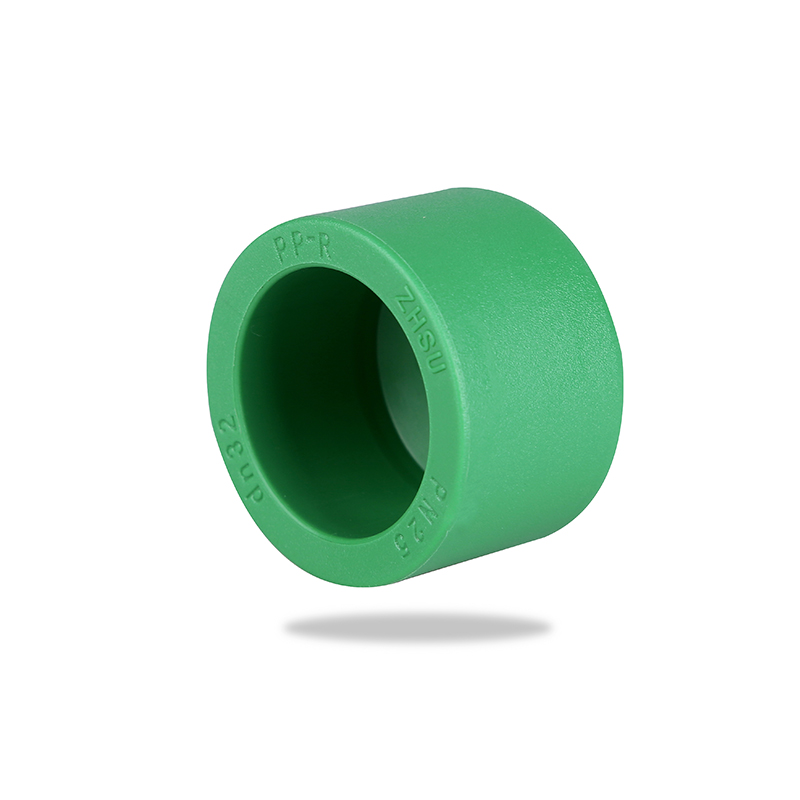

 简体中文
简体中文 English
English русский
русский Español
Español Français
Français عربى
عربى Português
Português 日本語
日本語 italiano
italiano Nederlands
Nederlands Polskie
Polskie
